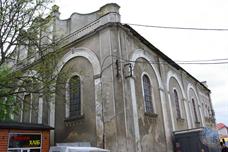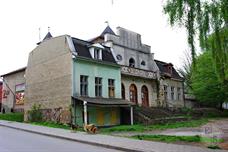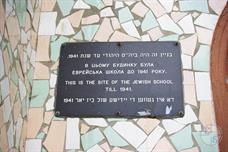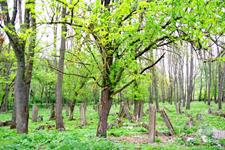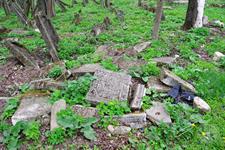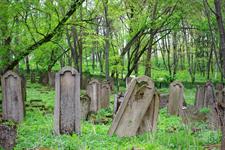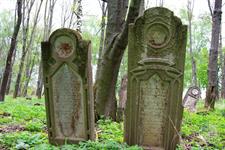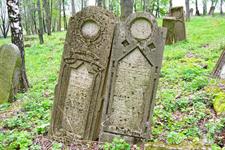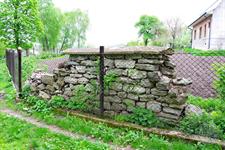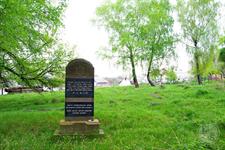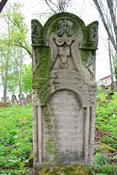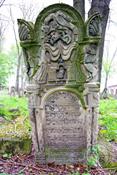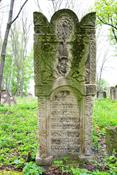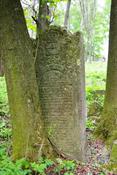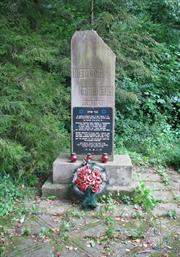Horodenka
Sources:
- Russian Jewish encyclopedia
- Jewish encyclopedia of Brockhaus & Efron
Photo:
- Eugene Shnaider
- Vladimir Levin, Jewish Galicia and Bukovina N.P.O. Published by Center for Jewish art
- Biblioteka Narodowa Polona. Horodenka
- Russian Jewish encyclopedia
- Jewish encyclopedia of Brockhaus & Efron
Photo:
- Eugene Shnaider
- Vladimir Levin, Jewish Galicia and Bukovina N.P.O. Published by Center for Jewish art
- Biblioteka Narodowa Polona. Horodenka
Kolomyya district, Ivano-Frankivsk region
The first chronicle mention of Horodenka dates back to 1195. In the 15th century, a castle was built on a cliff over the Yamgorov River, and the town turned into a typical feudal residence.
In 1668, Horodenka received Magdeburg law. Then the city was part of the Russian governorship with a center in Lviv, but he himself was not an administrative part, but belonged to the Kolomyya Elderism. The provision of a city government has created favorable conditions for the development of crafts and trade, which led to the influx of immigrants - mainly Armenians and Jews.
In 1939 - 2022 - the district center of the Ivano -Frankivsk region.
In 1668, Horodenka received Magdeburg law. Then the city was part of the Russian governorship with a center in Lviv, but he himself was not an administrative part, but belonged to the Kolomyya Elderism. The provision of a city government has created favorable conditions for the development of crafts and trade, which led to the influx of immigrants - mainly Armenians and Jews.
In 1939 - 2022 - the district center of the Ivano -Frankivsk region.
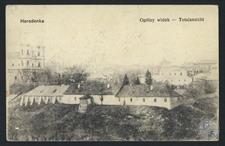 |
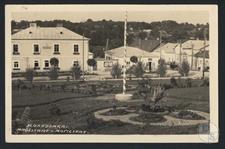 |
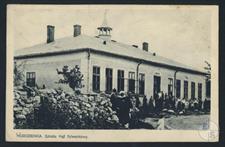 |
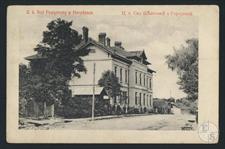 |
| Horodenka on Polish and Austrian cards of the early 20th century | |||
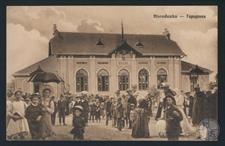 |
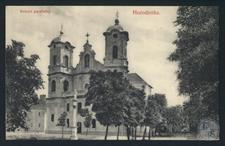 |
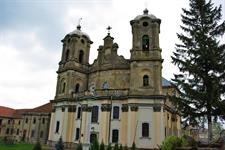 |
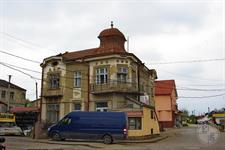 |
| Gymnastic Society "Falcon" | The church was built by the architect Bernard Meretin and sculptor Johann Pinzel | Austrian development, 2016 |
For the first time, Jews settled in the town of around the middle of the 17th century. In 1743, the owner of the city gave them the right to live in the city and engage in crafts and trade (with the exception of places located near Christian temples). The Jewish community received land for the construction of the synagogue and the device of the cemetery.
The Jews of Horodenka traded grain, forest, salt, engaged in winemaking, brewing, contained taverns, were tenants and estates managers.
In 1765, about a thousand Jews lived in Horodenka and adjoining 14 villages.
In the middle of the 18th century followers of Sabbatianism, and then Francism, appeared in Horodenka.
In the 1760s a group of supporters of Hasidism arose in the town. One of them was Nakhman from Horodenka, the closest student of the founder of movement, Israel Baal Shem Tov.
The Jews of Horodenka traded grain, forest, salt, engaged in winemaking, brewing, contained taverns, were tenants and estates managers.
In 1765, about a thousand Jews lived in Horodenka and adjoining 14 villages.
In the middle of the 18th century followers of Sabbatianism, and then Francism, appeared in Horodenka.
In the 1760s a group of supporters of Hasidism arose in the town. One of them was Nakhman from Horodenka, the closest student of the founder of movement, Israel Baal Shem Tov.
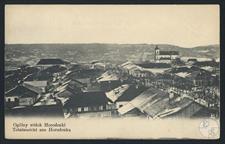 |
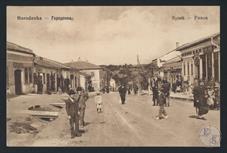 |
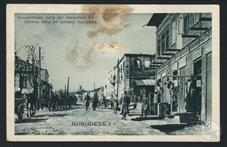 |
| General view of the center of Horodenka, the beginning of the 20th century | Square Rynok (Market) | The main street of the town |
In the 19th century Jewish population of Horodenka was continuously growing and by 1900 was 4255 people (with a total number of populations of 11,613 people), Jews belonged to about half of the places in the municipal administration.
There was a Jewish school (1898–1914), which was financed by the Baron Maurice de Girsch fund.
In 1907, a reformed header was opened, where teaching was carried out only in Hebrew.
During the First World War, the Jews of Horodenka suffered from the Russian occupation; Jewish houses were set on fire, nine Jews were hanged on charges of espionage.
In 1921, the Jewish population of the town totaled 3048 people (out of 9907 residents), many of them in the 1920-30s emigered in the USA, Canada, South America and Eretz-Israel.
There was a Jewish school (1898–1914), which was financed by the Baron Maurice de Girsch fund.
In 1907, a reformed header was opened, where teaching was carried out only in Hebrew.
During the First World War, the Jews of Horodenka suffered from the Russian occupation; Jewish houses were set on fire, nine Jews were hanged on charges of espionage.
In 1921, the Jewish population of the town totaled 3048 people (out of 9907 residents), many of them in the 1920-30s emigered in the USA, Canada, South America and Eretz-Israel.
After the start of hostilities between Germany and the USSR on July 5, 1941, the town was occupied by the Hungarian troops; many Jews fell victims of the pogrom arranged by the local Ukrainian population. Jewish property was looted.
Jews from the Transcarpathia attached to Hungary were driven into the town.
In September 1941, Horodenka crossed the German administration, and the position of the Jews worsened even more. In November 1941, Jews were imprisoned in the ghetto.
On December 5, 1941, more than 2500 Jews were shot in Horodenka, on April 13, 1942 - about a hundred Jews.
On September 10, 1942, the ghetto was liquidated. Jews were deported to the Belzhets death camp.
In March 1944, Soviet troops entered the city. By this time, there were only a few Jews who left for Poland, and then to Eretz Israel. According to the All -Ukrainian census of the population of 2001, Jews did not live in the town.
Jews from the Transcarpathia attached to Hungary were driven into the town.
In September 1941, Horodenka crossed the German administration, and the position of the Jews worsened even more. In November 1941, Jews were imprisoned in the ghetto.
On December 5, 1941, more than 2500 Jews were shot in Horodenka, on April 13, 1942 - about a hundred Jews.
On September 10, 1942, the ghetto was liquidated. Jews were deported to the Belzhets death camp.
In March 1944, Soviet troops entered the city. By this time, there were only a few Jews who left for Poland, and then to Eretz Israel. According to the All -Ukrainian census of the population of 2001, Jews did not live in the town.

- Home
- Shtetls
- Vinnytsia region
- Volyn region
- Dnipro region
- Donetsk region
- Zhytomyr region
- Zakarpattia region
- Zaporizhzhia region
- Ivano-Frankivsk region
- Kyiv region
- Kropyvnytskyi region
- Luhansk region
- Lviv region
- Mykolayiv region
- Odessa region
- Poltava region
- Rivne region
- Sumy region
- Ternopil region
- Kharkiv region
- Kherson region
- Khmelnytskyi region
- Chernihiv region
- Chernivtsi region
- Cherkasy region
- Crimea
- Synagogues
- Cemeteries
- Objects & guides
- Old photos
- History
- Contact
Jewish towns of Ukraine
Jewish towns of Ukraine
My shtetl
My shtetl
Donate


